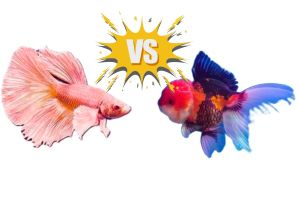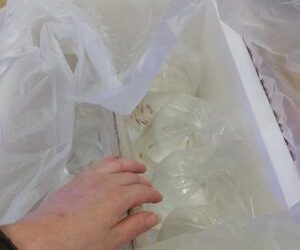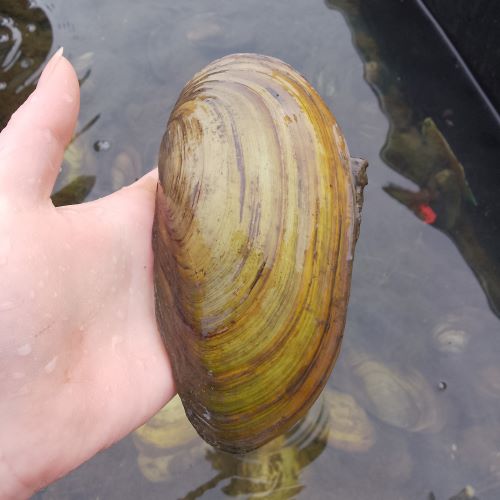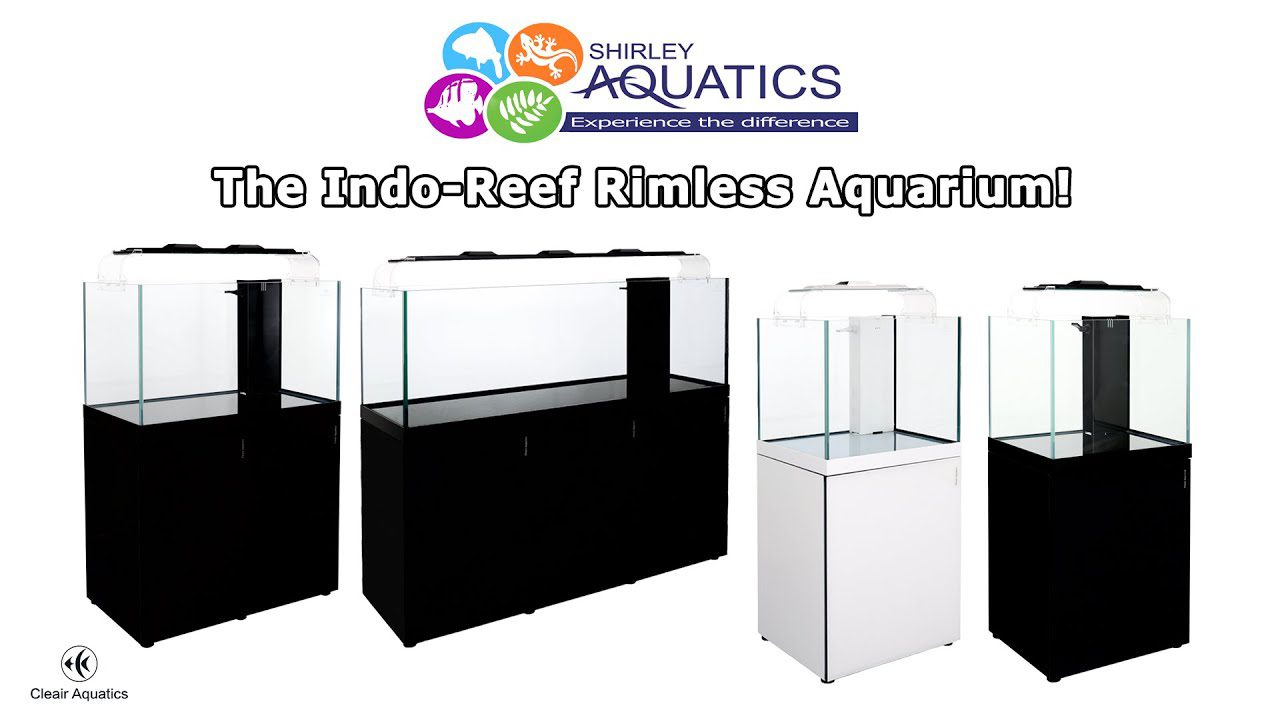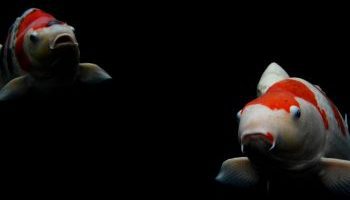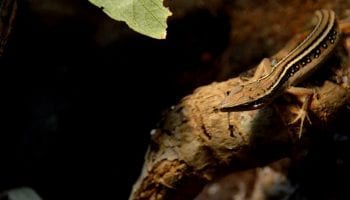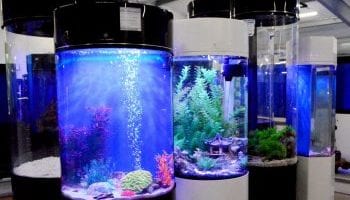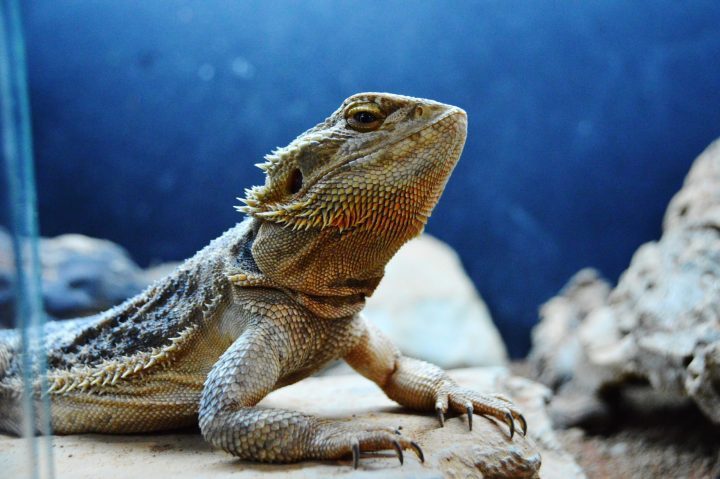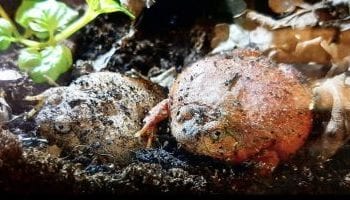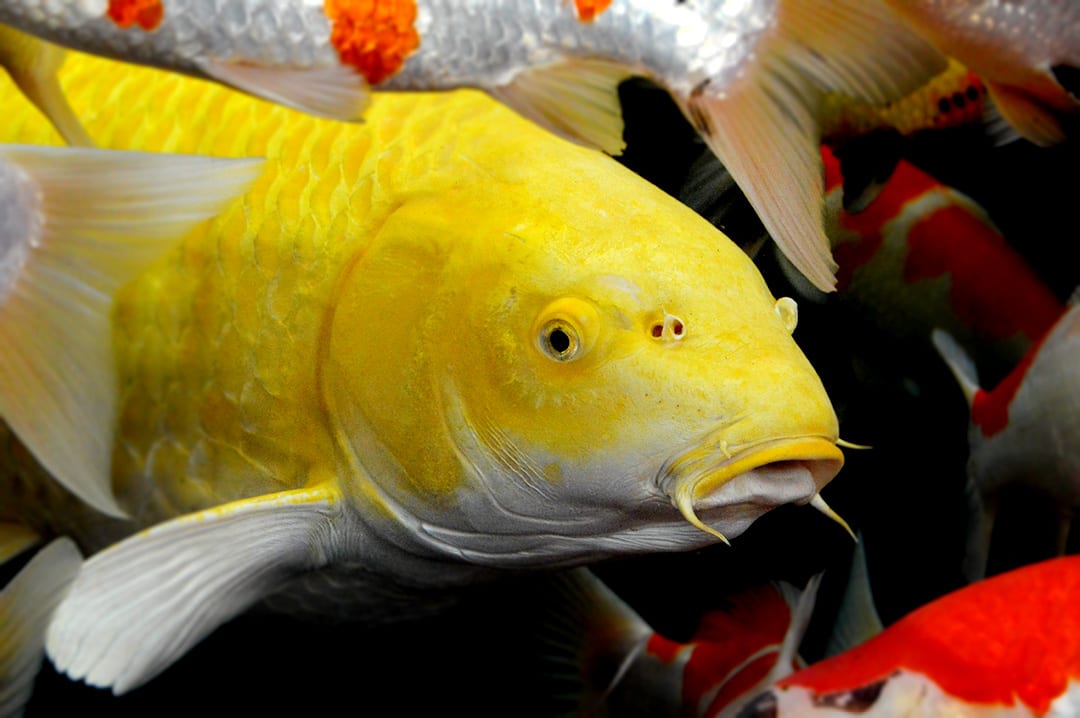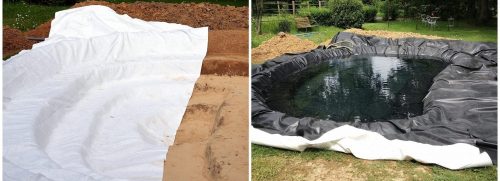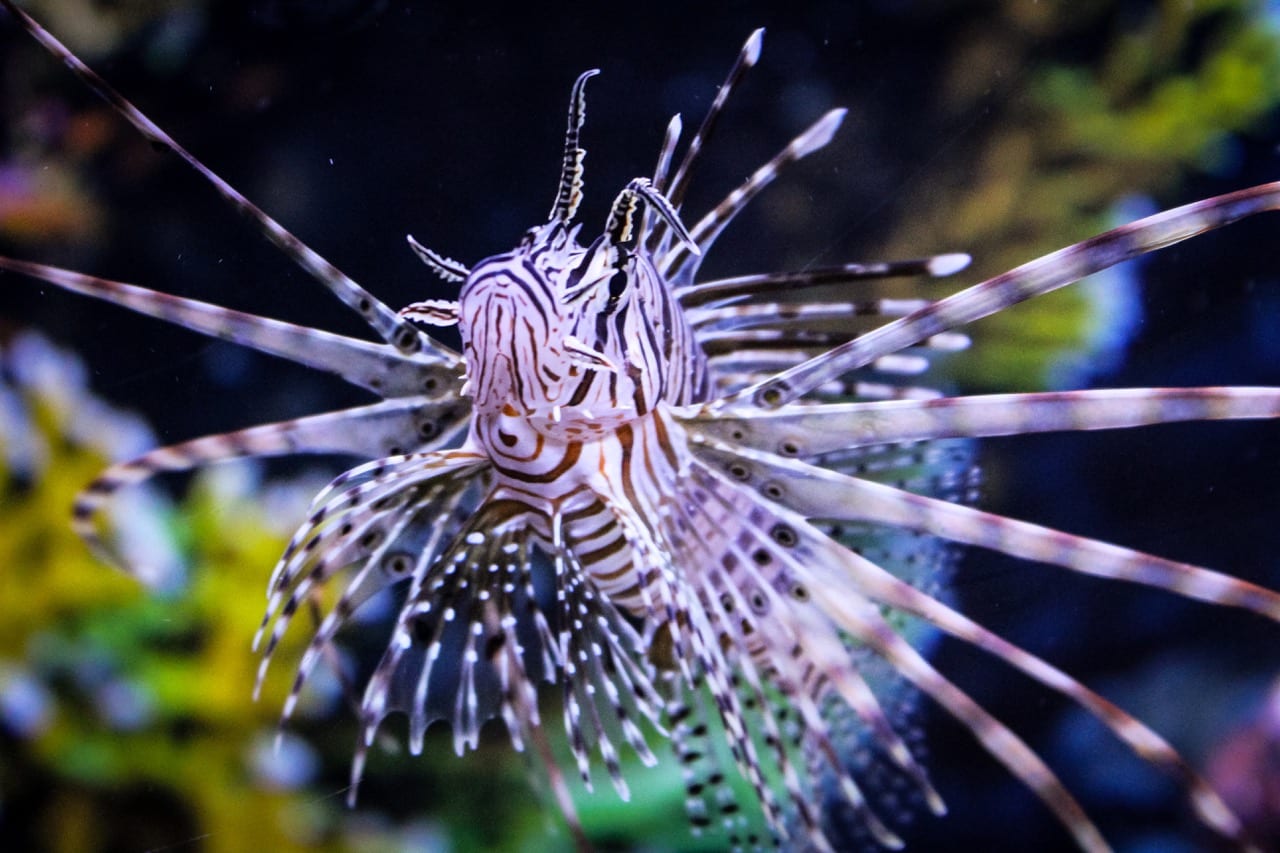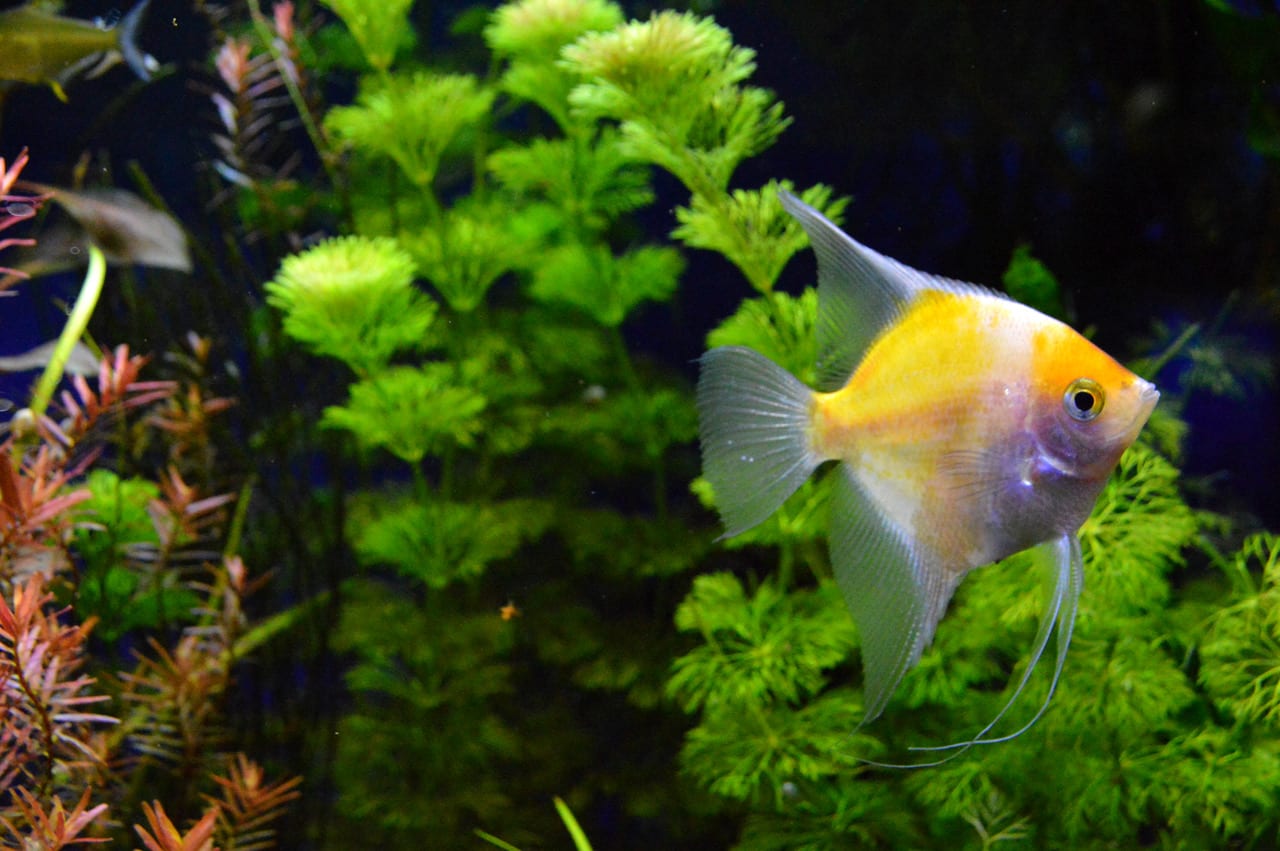As the weather begins to warm up from around March onwards in the UK it is the time to get started on your pond plants! But, many people seem confused on just how many pond plants you should put in. This article will help with that as well as answering many questions such as:
What are marginal plants?
What are deep water marginal plants?
what are oxygenating plants?
How many oxygenating plants should you add to you pond?
Are there different types of oxygenating plants?
Will pond plants prevent algae problems?
When should I repot pond plants?
Should I use fertilizer with pond plants?
is it possible to create a natural balance in my pond using only pond plants?
Should I put gravel or soil on the bottom of my pond?
How deep can plants be planted?
What pond plants give you the best cover?
These are just a few of the questions we get asked regularly in the store, hopefully the following article will give you as much information as you need to get cracking with planting your pond.
How many pond plants do I need?
Lots and lots and lots! there you go, question answered! Pond plants look great and as long as their roots are in the water they will help to remove nutrients from your pond, making the water cleaner and helping to outcompete undesirable aspects such as algae.
We fully appreciate that pond plants cost money, and as much as we all love them, A: you can just spend all of your mortgage money on plants and B: you want to be able to see some of the water (and possible some fish) otherwise its just another patch of garden.
If you’re building a pond from scratch you want to make sure you have a marginal shelf, approximately 30cm wide and 15-30cm beneath the surface of the water. Ideally running all around the pool.
For marginal plants you want to aim to put 1 x 1 litre basketed marginal, every 50cm of the circumference of your pool. You can bunch them up a bit more closely if you have a smaller pond. so if your pond is 10 metres in circumference, 20 marginal plants will give you a very nice look and as long as you pick the right plants, they will fill out nicely. If you would rather work in feet and inches, this doesn’t need to be an exact science, so 1 marginal plant for every 18″ of pool circumference.
I often find you get a better look if you group marginal plants in clumps of three’s or use the pre planted 2 litre trios, or even the 5 plant contour baskets.
There are certain plants that can take over ponds so be sure to get your selection right for the size of pond you have.
When should I be planting?
The limitations on when to add pond plants is really down to availability for the time of year and whether you feel like breaking the ice to introduce them! We will normally get pond plants in stock from the second week in January onwards. As the weather warms up this range will dramatically increase. Our growers like to see some solid growth on the plants before sending them out to us. We are renowned for the health and quality of our livestock and this extends to all of our products, not just animals. Not only this – we might have a hard time convincing you that a pot full of dirt will grow into something stunning!
I’m not the most ‘greenfingered’ person – is it difficult to plant a pond?
It doesn’t have to be at all. Lots of our plants are available in 1l, 3l, 5l, 10l and whopping 20l options to cover all bases. All of them can go straight in, no repotting necessary, just add slow release fertiliser and away you go. A little research first never hurt anybody but you don’t have to be the next Monty Don.
You could choose to use growth balls or a liquid fertiliser for this job.
-
Plantamin 250ml£8.99
What Marginal Pond Plants Should I Choose?
A marginal refers to any plant which grows in shallow water with its root system submerged whilst its flowers and leaves are above the surface of the water. These plants generally prefer depths up to 12 inches although this can vary considerably for certain varieties. They are great additions to the margins of your pond (hence marginals) and provide valuable services as well as looking great. These services include shade – providing protection, a food source, and egg-laying areas for your fish and pond inhabitants. They will also reduce the amount of algae in your pond by out-competing it for the available nutrients as well as by bringing down the water temperature.
We’ve always thought ‘the more plants the better’, but it is important to know what you’re buying and how it can affect your pond. Some plants are rhizomatous. This means they send out horizontal stems underground to form a node which will then root and produce its own stems upwards, essentially reproducing. Whilst they are very good at absorbing excess nutrients in your water (before any algae has a chance to grow) and giving you great clarity, they are also extremely thirsty and can suck a small pond dry! Equisetum (horse or mares tail) is one such plant, as is the Yellow Flag Iris. If you’re confident you can keep them under control then they carry extra rewards. They’re very prolific nectar producers and, as such, great for pollinators if you enjoy a buzzing garden. Equisetum is particularly known for attracting Dragonflies.

Your options will be determined by your water depth and size of your pond. Here are a few options to choose from according to their preferred depths;
Pond plants that are happiest in…
Less than 5cm (2in) and mud;
Acorus gramineus ‘Variegatus’ is a pretty foliage plant, the leaves are brightly striped with green and pale cream. The leaves grow out in attractive fan shapes, contrasting nicely with other marginals. Plant in a medium container using aquatic soil covered with pea gravel.
Mimulus luteus or ‘monkey flower’ has pretty yellow flowers blotched red and produced in abundance. Ideal for pond margins, waterfall pools, bog gardens or damp soil around pool edges.
Veronica beccabunga or ‘Brooklime’ is a British native of wetland meadows, streams & shallow margins. Ideal for wildlife planting, grown amongst taller plants or in rafts to provide cover for pond life. Ideal for shallow water, waterfalls, or bog gardens. Blue flower.
5-15cm (2-6in)
Calla palustris or ‘Bog Alum’ is a heart shaped leaf plant with white flowers and red berries.
Juncus effusus f. Spiralis or the ‘Corkscrew Rush’ is an interesting foliage plant with intertwining corkscrew stems. Evergreen and an excellent contrast to other plants in bog gardens, small ponds or water features.
Pontederia cordata is also known as the pickerel plant. A stunning marginal plant with rich green heart-shaped leaves and poker heads of small blue flowers. Flowers well into the Autumn and thrives in deeper water than most marginal plants. This is a particular favourite of our big boss, Richard.
30cm (1foot or more)
Aponogeton distachyos or Water hawthorn is a deep water plant with white vanilla scented flowers and green mottled lanceolate leaves that float on the surface. This plant provides excellent surface cover. Commonly known as water hawthorn because of its strong fragrance of hawthorn blossom. Suitable for ponds in partial shade and goes dormant throughout mid-summer as it prefers cooler temperatures. Flowering periods are generally March to May, and then again from September to October. They perform best at water depths of 30-90 cm.
Lilys – for more information on Lilys we have some dedicated info for you here!
What are the best pond oxygenators?
Oxygenators do just that, they make sure your pond has a good deal of oxygen in it! They also grow quickly, consuming nutrients that might otherwise be snapped up by algae such as the dreaded blanket weed (if you do find yourself beset by this green menace we have some advice for you here). The RHS recommends four to five bunches (each containing three to four stems) as sufficient for each square metre or yard of pond surface area.
Typical pond care would dictate you drain your pond every 5 – 10 years depending on the size and rake out all your silt and established oxygenators before re-stocking. We provide an alternative to this via potted oxygenators. This way you have all the benefits of the plants but can simply lift them out when it comes to immersive pond maintenance before replacing. It also allows for some more flexibility in terms of layout and placement.
Having good access to your oxygenators is a good idea as they can become a little enthusiastic at times. If they do start taking over simply lift them out and give them a trim, making sure you remember to take the bits and pieces you’ve removed with you!
We have lots of options when it comes to oxygenators but some favourites have to be;
Myriophyllum Red Stem or red-stemmed parrot’s feather. Look out for this in late April as it tends to be a later grower. Dainty non-invasive form of parrot’s feather well suited to garden ponds. Attractive red stems contrast with the bright green whorls of feathery leaves. A good oxygenating plant which provides good cover for fish & pond insects.
Nasturtium Aquaticum, better known as watercress. This British native grows in attractive rafts providing an excellent habitat for wildlife. This plant is something of a ‘double bubble’ providing you with two important services. Whilst it does some oxygenation it is an excellent filtration plant grown in streams, waterfalls, pond margins or in tops of filters. In summer, the above-water stems bear small white flowers that are good for attracting bees, hoverflies and butterflies. As a final, perhaps unexpected, bonus these are edible. Nasturtium varieties are often used as edible flowers in fine dining, as garnish for cocktails, and the leaves and stalks also make a delicious pesto.
Ranunculus hederacious or Ivy-leafed crowfoot. A British native with white flowers & attractive foliage. Submerged leaves provide oxygen & floating leaves cover for pondlife. Ideal for small ponds, water features, and wildlife ponds. Will also attract bees, hoverflies and butterflies. Generally requires no maintenance.
Some other real favourites of the team include Callitriche and Hippuris vulgaris, both tend to be available from mid to late march and show excellent growth in the summer.
Keep an eye on escape artists.
Nature will survive ( we learned that from watching Jurassic Park) Whilst you aren’t going to grow a T-rex in your back garden, it’s probably important to stick to Native pond plants if you live near a natural pond, lake or waterway. The seeds of your thriving plants can easily be carried into these environments.
Whilst we do not sell aggressively invasive plants (it is illegal to do so!) we believe it is important for you to be aware of what you’re putting into your garden regardless of where you get it from! Non native plants are slightly less hardy than native ones. They have been grown in the UK so are hardened to our winters as such, but their growth rate might be slightly less than that of our truly native plant types. They will soon catch up when the weather picks up, but a pond full of non native species may seem a little bare for the colder months.
A mix of native and non native can sometimes be best, but if you are at all unsure about a plant in this respect ask us.
Feeding your pond plants.
Finally, we highly recommend buying the right fertilizers with all your plants to make sure you give them the best possible start to life in your habitat. They’re there to provide you with years of enjoyment, after all! Easiest of all are the super growth balls which we stock in two sizes (technically known as smaller and bigger) in sets of 5. These slow release fertilizer balls can be easily pushed into each of your pond plant pots and they will continue to release nutrients over 12 months. With the larger balls we recommend one per marginal and two for lilies.




